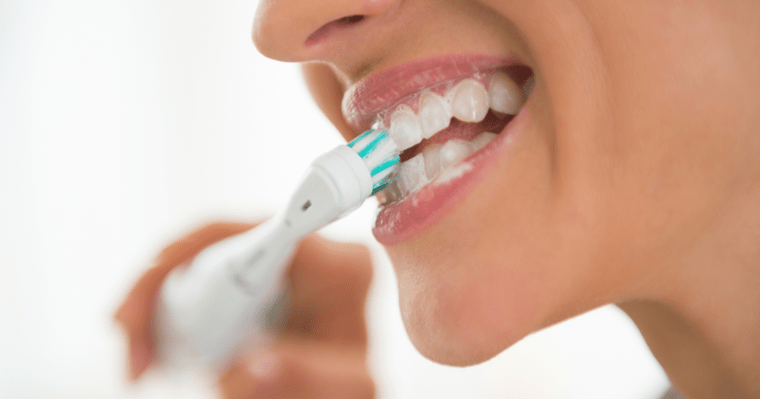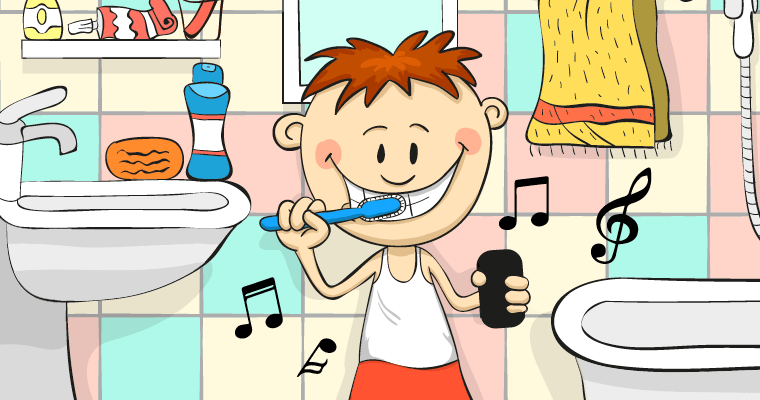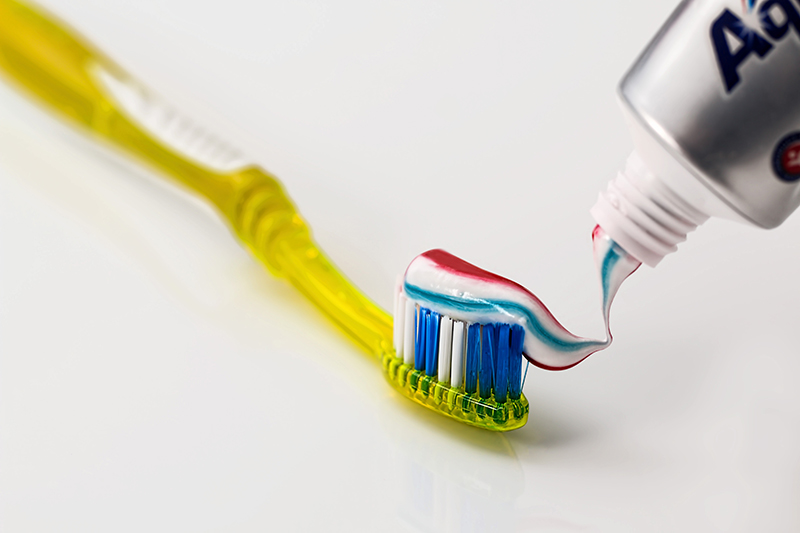
Have you recently started using an electric powered toothbrush? Whether you’re new to the electric toothbrush or you’ve been using one for many years, you’ll want to ensure you’re using it properly to gain the maximum benefits.
(more…)January 16, 2017

Have you recently started using an electric powered toothbrush? Whether you’re new to the electric toothbrush or you’ve been using one for many years, you’ll want to ensure you’re using it properly to gain the maximum benefits.
(more…)January 3, 2017

Gum disease is one of the least noticeable yet most common oral conditions worldwide. Given gum disease’s potentially serious yet invisible signs, how can you protect yourself from losing your smile?
(more…)December 7, 2016

As the year comes to an end, you no doubt have thought about what your life will look like in 2017. But have you considered what your smile will look like in 2017, or for that matter, in 2027? Your smile’s future health and appearance depend largely on how you define your dental routine now.
(more…)November 2, 2016

Need a motivational tool to get your kids brushing their teeth regularly and correctly? Look no further! The Brush DJ App was created for just this purpose. You can download Brush DJ for free on the Apple App Store or on Google Play.
(more…)October 21, 2016

THUMB SUCKING IS NORMAL for infants, but many parents wonder about its effect on their child’s future dental health. As a parent, you may have questions such as, “When should I be worried about thumb sucking?” or, “What will happen if my child continues to suck their thumb?”
(more…)October 10, 2016

We all know that person with the beautiful teeth and yellow smile. Your boss. Your boyfriend. Your sister. We care about people and want them to look their best. But teeth whitening can be a sensitive subject (no pun intended) and treatments can vary in price and effectiveness.
(more…)October 7, 2016

ACCIDENTS ALWAYS SEEM to happen when we least expect them. When those accidents involve tooth damage, it’s important to know what steps to take. Being prepared before a dental emergency occurs can save a damaged or knocked out tooth, prevent infection and decrease the need for extensive treatment.
(more…)September 30, 2016

THE CRISP SMELL OF FRESHLY CUT GRASS on the soccer field, the gleam of the basketball court before a game, the cheering fans at the football stadium, the feeling of the baseball bat, familiar in your hands… There’s no doubt about it–playing sports can be a magical thing.
(more…)September 23, 2016

THROUGHOUT LIFE PEOPLE get regular prostate exams, mammograms and colonoscopies. These preventative health care exams are extremely important for detecting any abnormalities–including cancer–early, so they can be treated as soon as possible. These exams save lives. So do oral cancer screenings.
(more…)September 16, 2016

HAVE YOU EVER WONDERED why certain foods taste unpleasant after brushing your teeth in the morning? Most of us have experienced that bitter sensation a time or two, but what exactly causes it?
(more…)